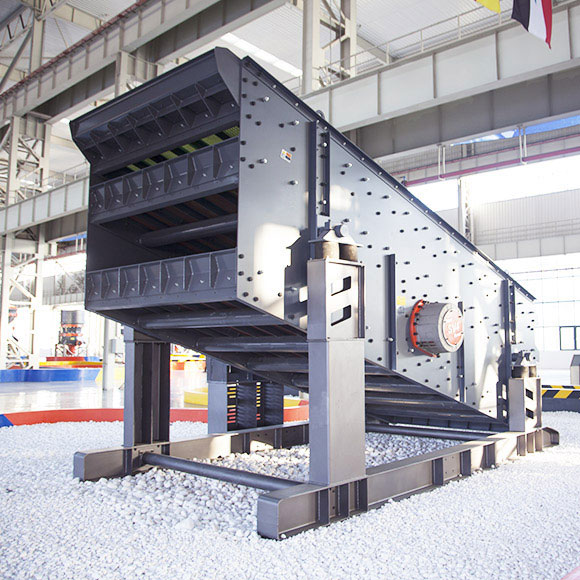Vibrating screens are widely used in the mining industry for the separation of minerals. They are an efficient and cost-effective way to separate materials by size, shape, and density. Vibrating screens can be used for sizing, scalping, dewatering, and media recovery. They are commonly used in processing ores, coal, limestone, and other minerals.
The basic design of a vibrating screen consists of a screen surface made of a series of perforated plates, wire mesh or bars, which is vibrated to separate the material being screened. The vibration is generated by an electric motor, which causes the screen to vibrate at a frequency and amplitude that is chosen to suit the particular application.

The material being screened is fed onto the screen surface from a conveyor or feeder. The screen surface is usually inclined at an angle, which causes the material to move along the surface, separating the larger particles from the smaller ones. The smaller particles fall through the screen surface, while the larger particles are conveyed to the end of the screen and discharged.
The design of the screen surface is an important factor in the performance of a vibrating screen. The size and shape of the openings in the screen surface determine the size and shape of the particles that will be separated. The spacing between the openings also affects the performance of the screen, with smaller spacing producing finer separations.
The vibration frequency and amplitude are also important factors in the performance of a vibrating screen. The frequency determines the number of times the screen surface vibrates per second, while the amplitude determines the intensity of the vibration. Higher frequencies and amplitudes are generally used for finer separations.
In addition to the basic design of the screen surface, vibrating screens can also be customized with various features to suit the particular application. These features may include:
- Deck design – screens can be single or multiple deck, with each deck providing a different level of separation.
- Screen media – screens can be made of wire mesh, polyurethane, rubber, or other materials, depending on the application.
- Motion – screens can be linear, circular, or elliptical, with each motion providing a different level of separation.
- Spray bars – screens can be equipped with spray bars to wash the material being screened, removing fines and improving separation efficiency.
- Discharge chutes – screens can be equipped with discharge chutes to direct the separated material to the desired location.
Vibrating screens are an important tool for the mining industry, providing an efficient and cost-effective way to separate minerals by size, shape, and density. With a wide range of customization options available, vibrating screens can be tailored to suit any application, making them an essential piece of equipment in mineral processing.
